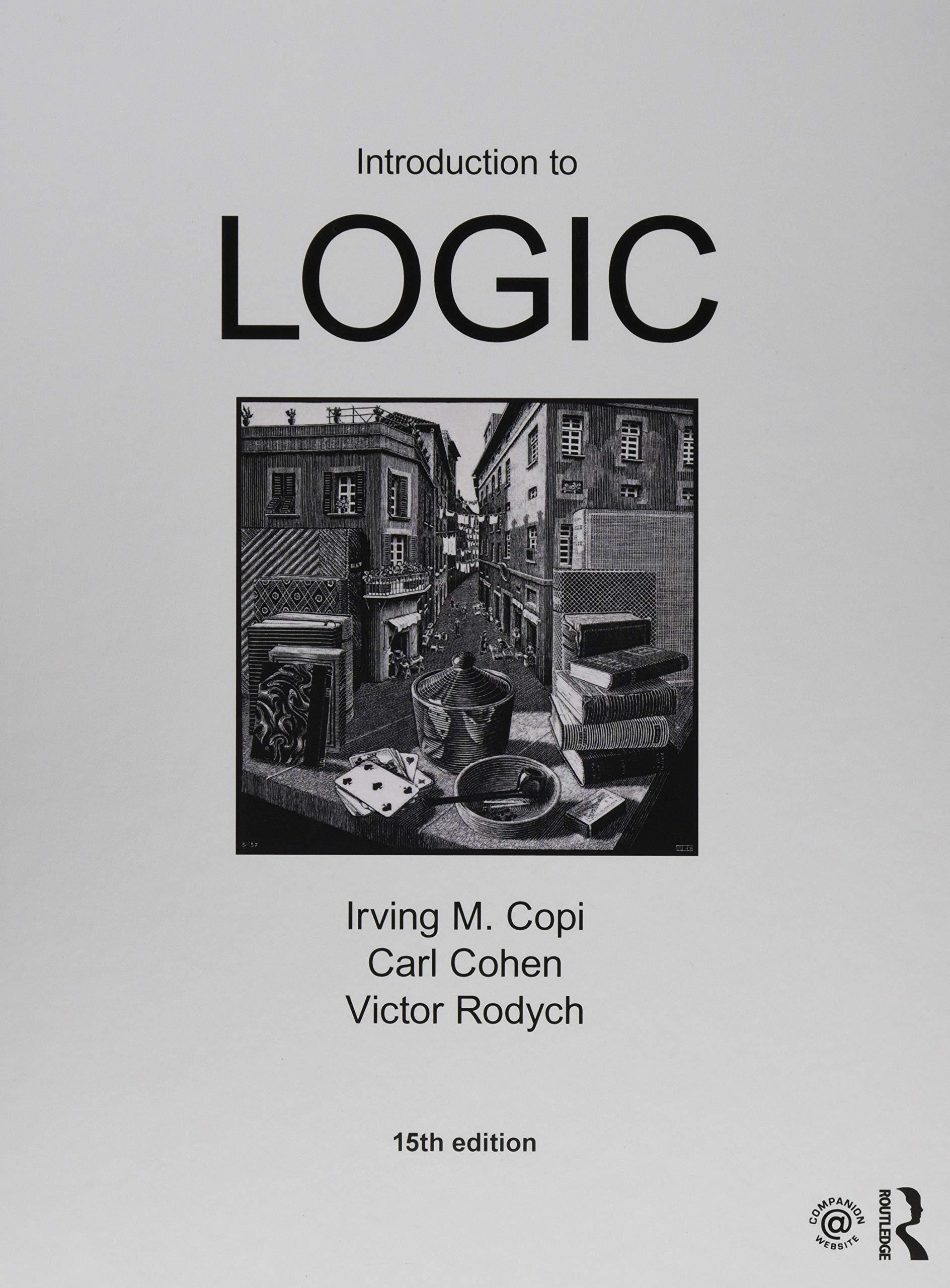Identify and explain the fallacies of relevance or defective induction, or presumption, or ambiguity as they occur
Question:
Identify and explain the fallacies of relevance or defective induction, or presumption, or ambiguity as they occur in the following passages. Explain why, in the case of some, it may be plausibly argued that what appears at first to be a fallacy is not, when the argument is interpreted correctly.
John Angus Smith, approaching an undercover agent, offered to trade his firearm, an automatic, for two ounces of cocaine that he planned to sell at a profit. Upon being apprehended, Smith was charged with “using” a fi rearm “during and in relation to . . . a drug trafficking crime.” Ordinarily conviction under this statute would result in a prison sentence of five years; however, if the fi rearm, as in this case, is “a machine gun or other automatic weapon,” the mandatory sentence is 30 years. Smith was convicted and sentenced to 30 years in prison. The case was appealed to the U.S. Supreme Court. Justice Antonin Scalia argued that, although Smith certainly did intend to trade his gun for drugs, that was not the sense of “using” intended by the statute. “In the search for statutory meaning we give nontechnical terms their ordinary meanings . . . to speak of ‘using a fi rearm’ is to speak of using it for its distinctive purpose, as a weapon.” If asked whether you use a cane, he pointed out, the question asks whether you walk with a cane, not whether you display “your grandfather’s silver-handled walking stick in the hall.”
Justice Sandra Day O’Connor retorted that we may do more than walk with a cane.
“The most infamous use of a cane in American history had nothing to do with walking at all—the caning (in 1856) of Senator Charles Sumner in the United States Senate.”
Justice Scalia rejoined that the majority of the Court “does not appear to grasp the distinction between how a word can be used and how it is ordinarily used. . . . I think it perfectly obvious, for example, that the falsity requirement for a perjury conviction would not be satisfied if a witness answered ‘No’ to a prosecutor’s enquiry whether he had ever ‘used a firearm’ even though he had once sold his grandfather’s Enfieldrifl e to a collector.” Justice O’Connor prevailed; Smith’s conviction was affirmed.
Step by Step Answer:

Introduction To Logic
ISBN: 9781138500860
15th Edition
Authors: Irving M. Copi, Carl Cohen, Victor Rodych





